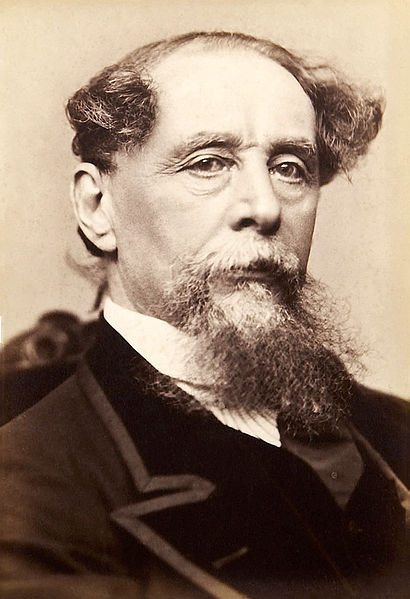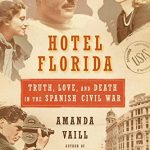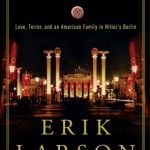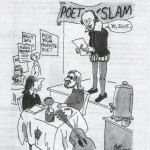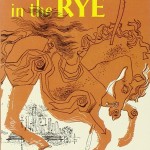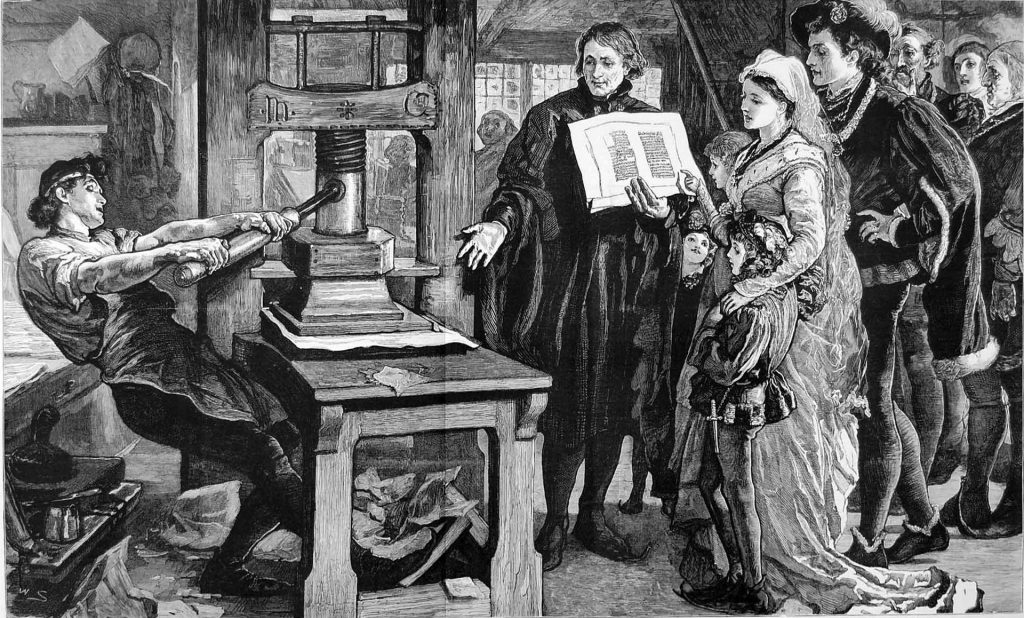
TEN TOP TIPS FOR PITCHING STORIES FROM THE WRITER’S WORKSHOP
Copyright The Writer’s Workshop
There are so newspapers and magazines that neophyte writers often become overwhelmed. Where do they start? How should they approach publications? What’s the best home for their story? These are some of the questions I answer in my Seattle writing classes, travel writing classes, and online writing classes I teach for The Writer’s Workshop. I’ll include the first five of these suggestions in this post and will include the rest in my next post. Here’s a guide to getting happily published.
- DO SOME MARKET RESEARCH: Go to the library, book store or internet and read publications. Magazines and newspapers have distinct personalities, almost like people. Get to know them to find the right target publication.
- READ WRITERS GUIDELINES – Google the publication’s writer’s guidelines. What is their audience? Socially conscious? Upwardly mobile? Cigar Aficionado will not want your story on the evils of second-hand smoke but Mother Jones might pick it up.
- PUBLISHING HIERARCHY – The publishing world organizes itself in a distinct pyramid. There are a number of factors that go into this: circulation, payment, prestige of the publication. The New Yorker, Atlantic Monthly, National Geographic, etc. have all three things going for them. The competition is intense, making things difficult for newbies.
- PICK A REALISTIC TARGET PUBLICATION – Local, regional, specialty publications are a great place to break in. Editors will be more willing to work with you on your first and later assignments.
- PICK RIGHT DEPARTMENT – What part of the magazine is easiest to break into? Short profile? First person story? Book review? The writer’s guidelines will make all of this clear.
 The Writer's Workshop
The Writer's Workshop 